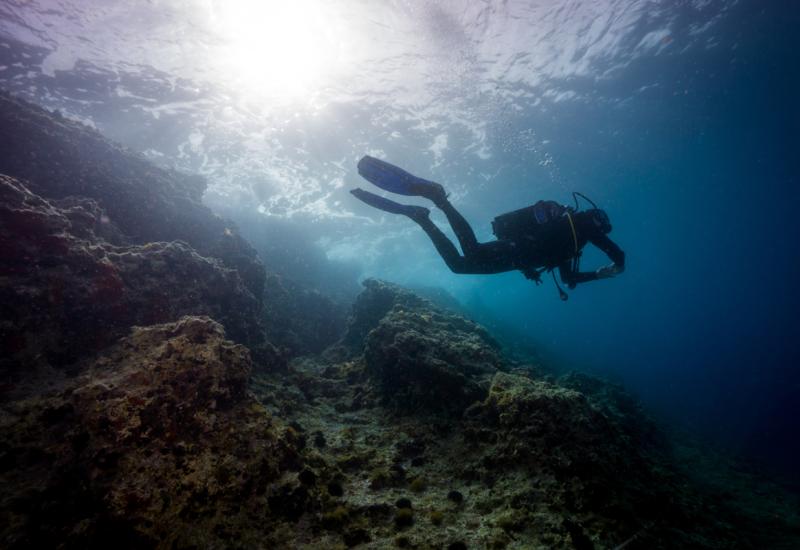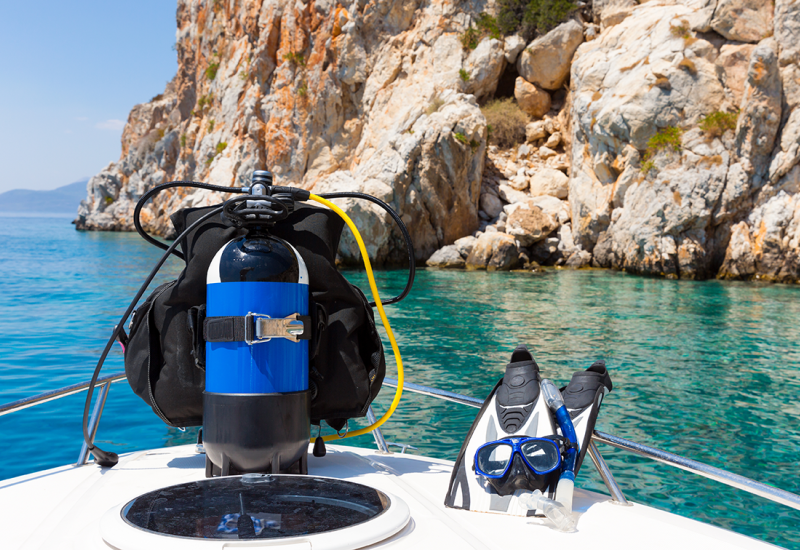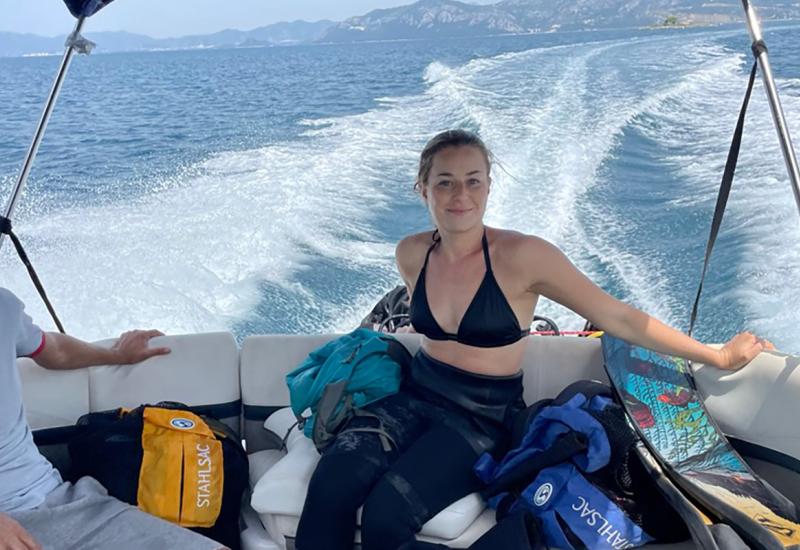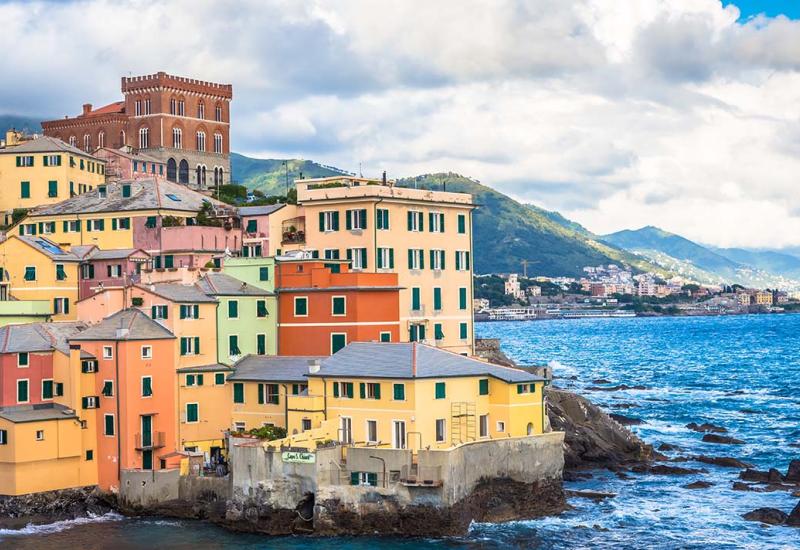The Wrecks of Scapa Flow, Orkney Islands, Scotland
Wreck divers owe a lot to Rear Admiral Ludwig von Reuter. If this high-ranking officer had not given the command to scuttle the entire German Imperial Navy’s High Seas Fleet in World War One, Scapa Flow would just be ‘another’ Scottish dive site. Instead, it now boasts one of the highest concentrations of diveable wrecks in the world.
The fleet, which consisted of no fewer than 74 warships, was consigned to the bottom of the Flow on 21 June 1919. Von Reuter, wrongly believing that the Armistice negotiations had failed and hostilities were about to resume, used code flags and semaphore to order the skeleton crews manning the disarmed ships to scuttle their vessels.
As soon as the British forces realised what was happening, Royal Navy boarding parties desperately tried to save the ships from a watery grave. They managed to stop 22 of the huge vessels sinking beneath the waters of Scapa Flow, but 52 still ended up on the bottom.
Unfortunately (for us wreck divers, anyway!), there then followed what is widely regarded as the greatest marine salvage operation in history. The firm Cox and Danks started salvaging the German war wrecks in the 1920s, and this continued until 1946. During this time, they raised a total of 45 ships. They, and companies that came along after them, also carried out extensive salvage on the remainder. Divers still have some world-class wrecks to dive on, but just imagine what Scapa Flow would have been like if the whole fleet had been left ‘in-situ’!
The massive 580-feet-long battleships Markgraf, Konig and Kronprinz Wilhelm are the "big boys" and all lie upside down, but with the latter you can easily get underneath the upturned hull and see the giant main armament.
Slightly smaller but no less awesome are the 510-feet-long cruisers Coln, Dresden and Karlsruhe, and the mine-layer Brummer. These lie on their sides and are far more accessible.
Then you’ve got the blockships, scenic dives and other non-wartime wrecks – basically, Scapa Flow is one of the world’s best wreck-diving locations.
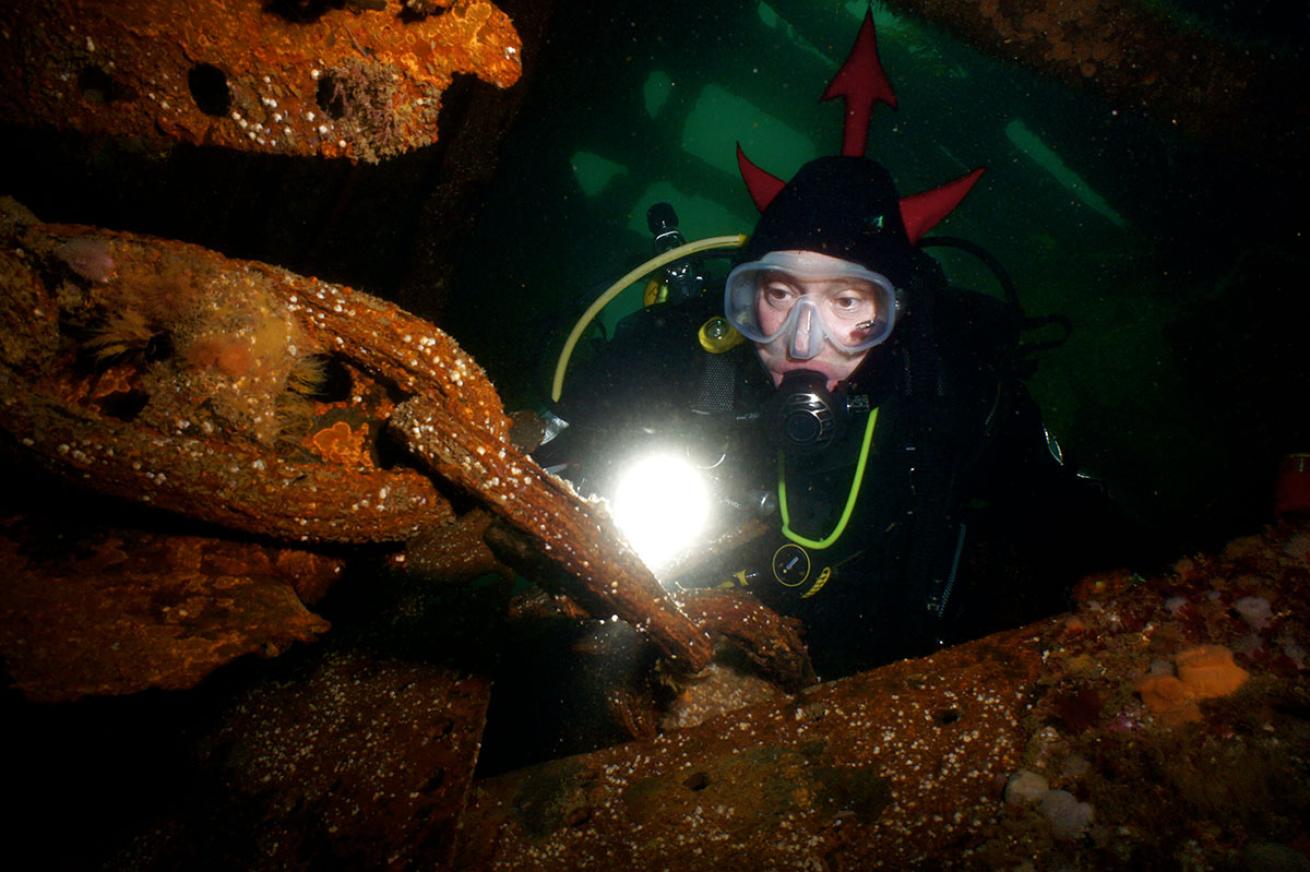
Mark EvansScuba Diving Scapa Flow
Wreck divers owe a lot to Rear Admiral Ludwig von Reuter. If this high-ranking officer had not given the command to scuttle the entire German Imperial Navy’s High Seas Fleet in World War One, Scapa Flow would just be ‘another’ Scottish dive site. Instead, it now boasts one of the highest concentrations of diveable wrecks in the world.
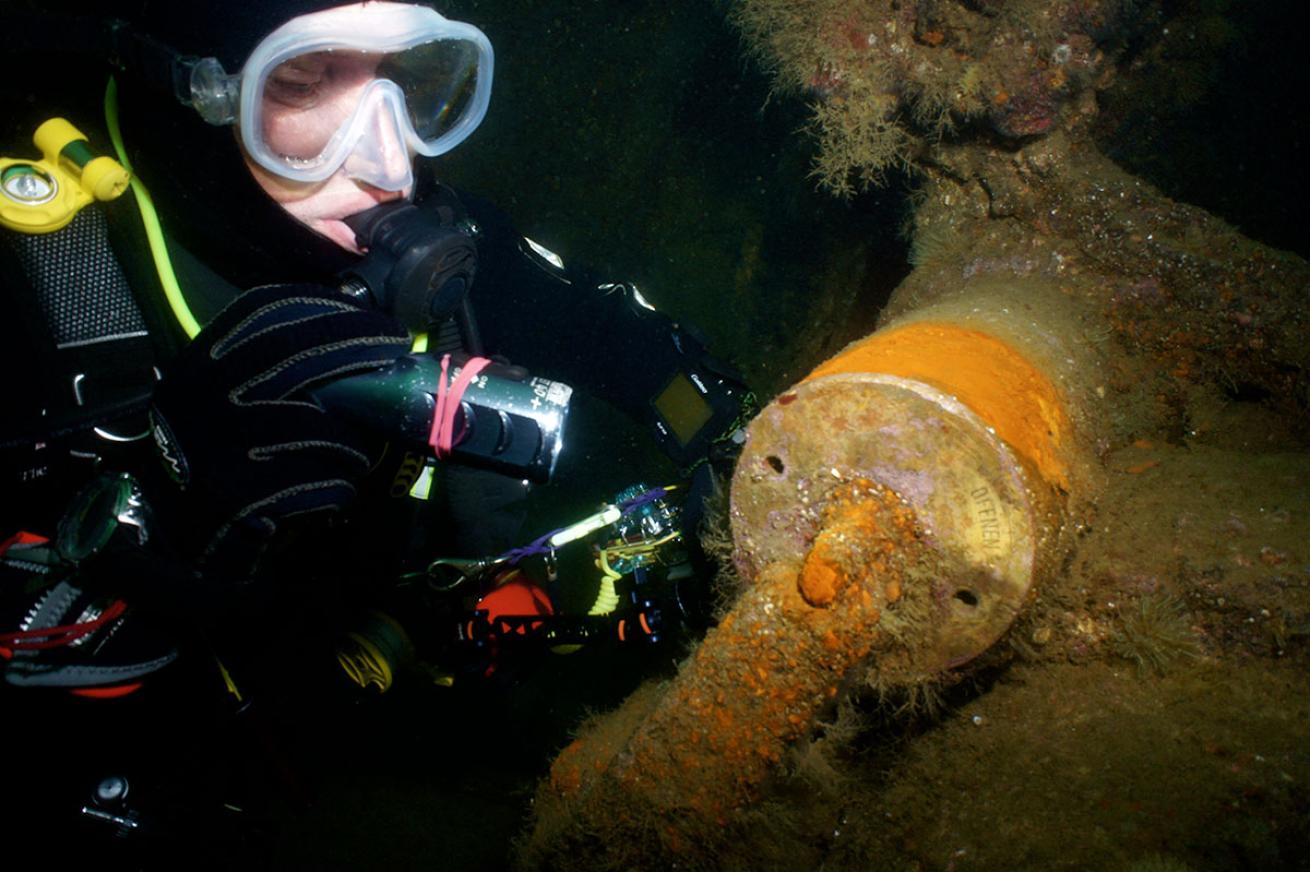
Mark EvansScuba Diving Scapa Flow
The fleet, which consisted of no fewer than 74 warships, was consigned to the bottom of the Flow on 21 June 1919. Von Reuter, wrongly believing that the Armistice negotiations had failed and hostilities were about to resume, used code flags and semaphore to order the skeleton crews manning the disarmed ships to scuttle their vessels.
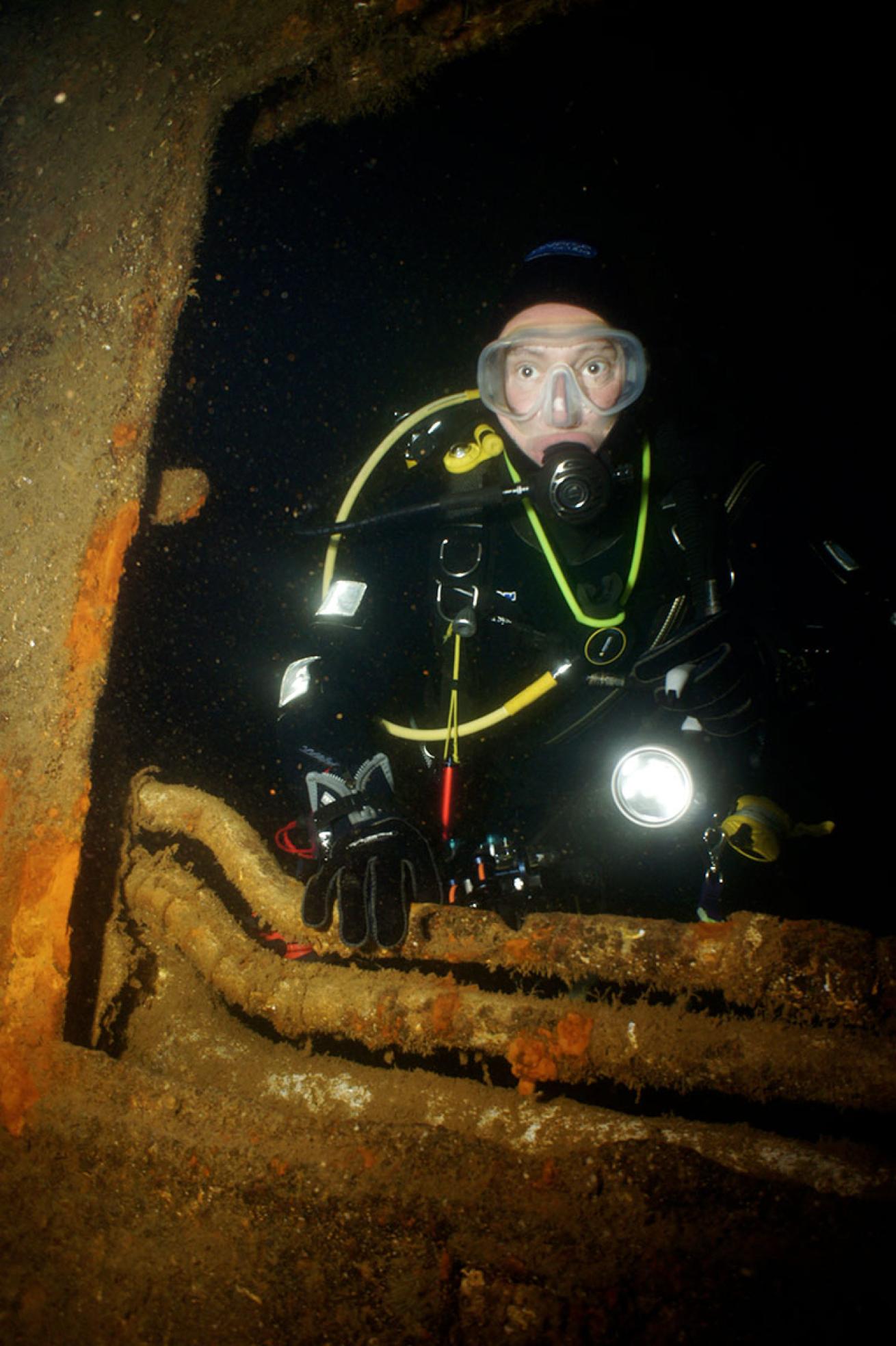
Mark EvansScuba Diving Scapa Flow
As soon as the British forces realised what was happening, Royal Navy boarding parties desperately tried to save the ships from a watery grave. They managed to stop 22 of the huge vessels sinking beneath the waters of Scapa Flow, but 52 still ended up on the bottom.
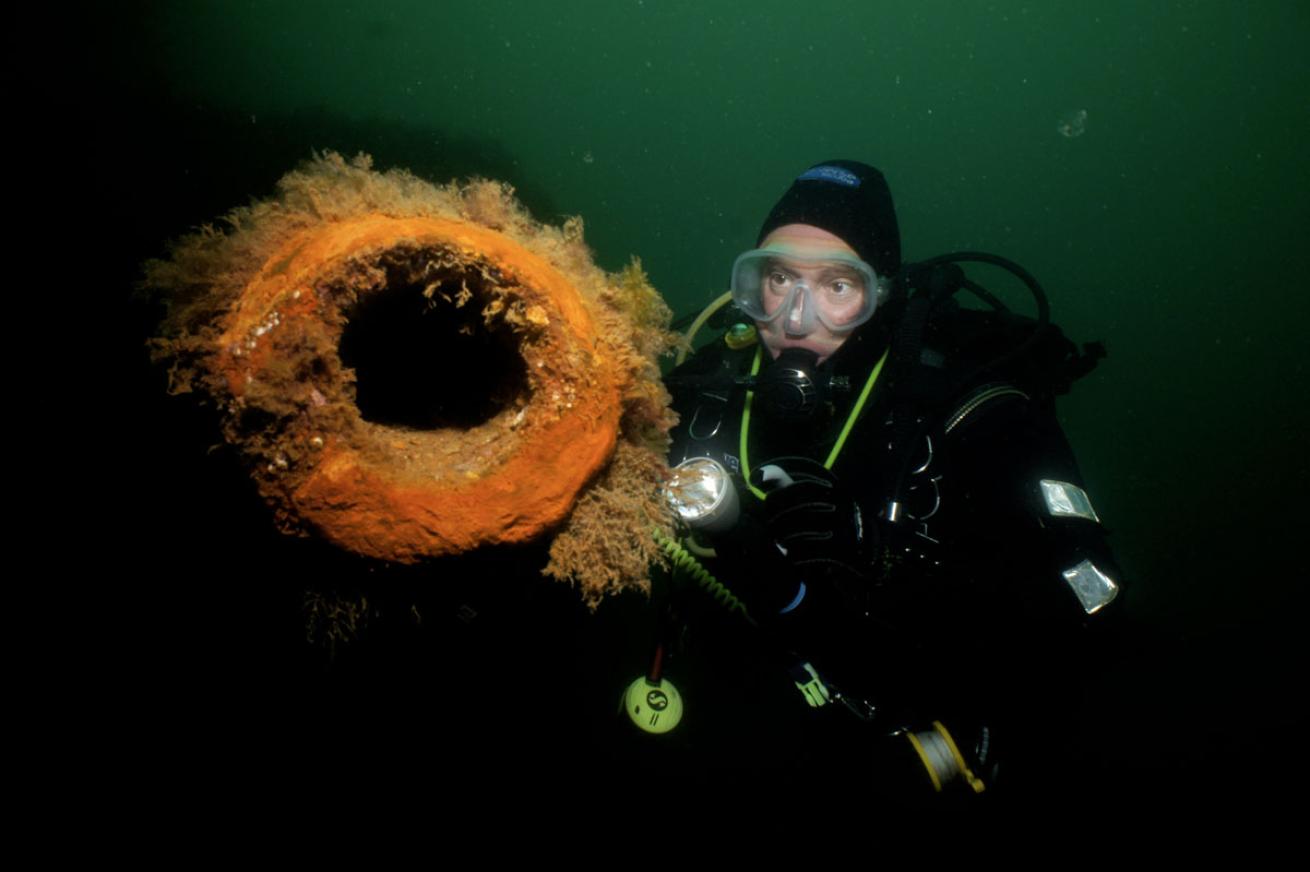
Mark EvansScuba Diving Scapa Flow
Unfortunately (for us wreck divers, anyway!), there then followed what is widely regarded as the greatest marine salvage operation in history. The firm Cox and Danks started salvaging the German war wrecks in the 1920s, and this continued until 1946. During this time, they raised a total of 45 ships. They, and companies that came along after them, also carried out extensive salvage on the remainder. Divers still have some world-class wrecks to dive on, but just imagine what Scapa Flow would have been like if the whole fleet had been left ‘in-situ’!
The massive 580-feet-long battleships Markgraf, Konig and Kronprinz Wilhelm are the "big boys" and all lie upside down, but with the latter you can easily get underneath the upturned hull and see the giant main armament.
Slightly smaller but no less awesome are the 510-feet-long cruisers Coln, Dresden and Karlsruhe, and the mine-layer Brummer. These lie on their sides and are far more accessible.
Then you’ve got the blockships, scenic dives and other non-wartime wrecks – basically, Scapa Flow is one of the world’s best wreck-diving locations.

